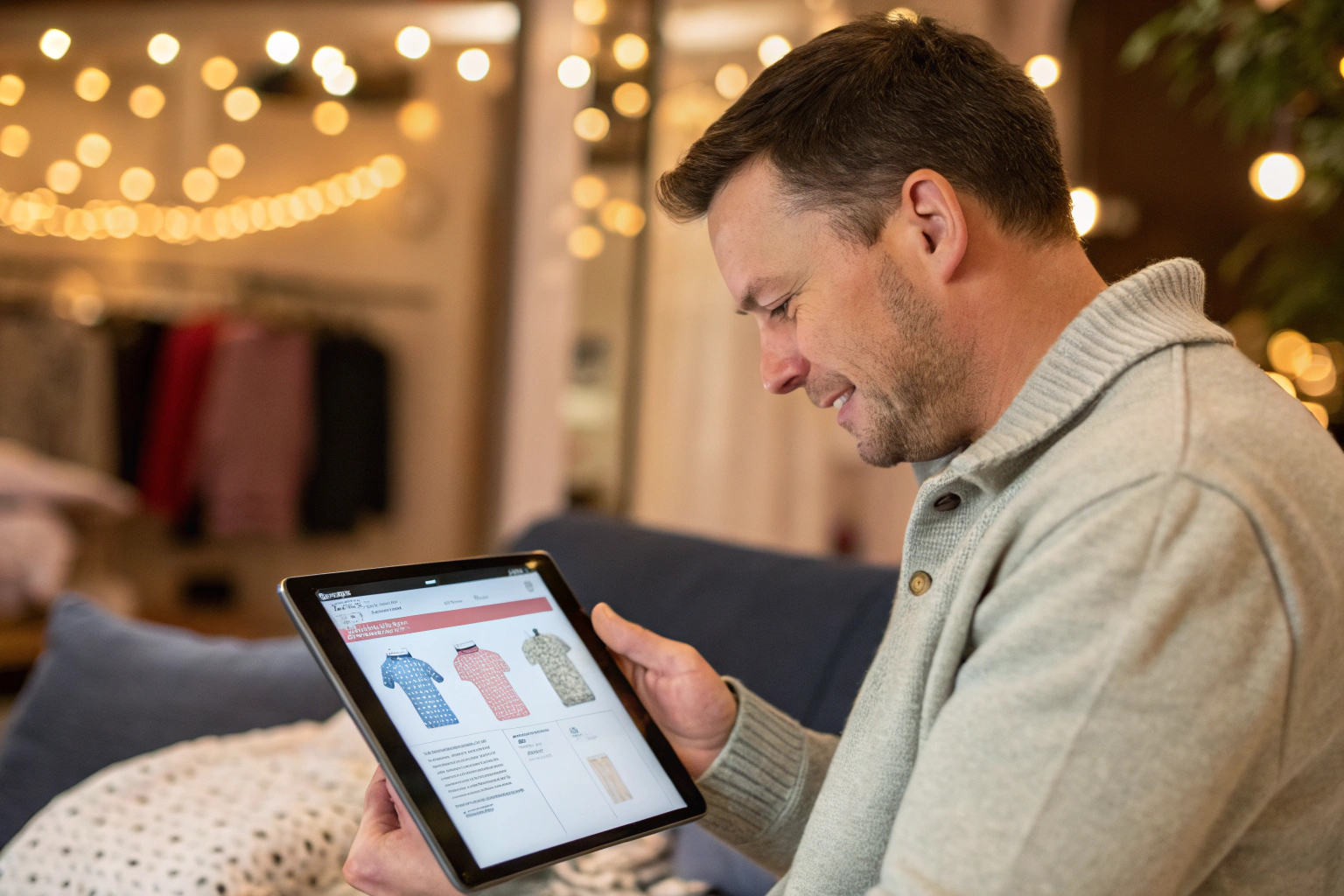The hunt for stylish, safe, and affordable baby clothes online can feel endless. With so many e-commerce platforms and small boutiques fighting for your attention, how do you know which ones actually deliver quality—and which just have good marketing? As a children’s clothing manufacturer serving U.S. brands, I understand what buyers like you need: reliability, compliance, comfort, and design that sells.
Some good online stores for baby clothes include trusted retailers like Carter’s, boutique platforms like SpearmintLOVE, and premium sources like Maisonette or Hanna Andersson. Each offers different strengths—whether it’s organic fabric, adorable aesthetics, or seasonal value packs.
If you’re a brand buyer, not just a parent, knowing where customers shop helps you reverse engineer your sourcing strategy. In this article, I’ll walk you through the best-performing online baby clothing stores and what makes each one attractive from a sourcing perspective.
What makes a baby clothing store stand out?
Consumers don’t just look for cute baby outfits—they look for trust. As someone who manufactures for U.S. baby clothing brands, I’ve watched the online retail landscape evolve to reward stores that check three boxes: quality, visual appeal, and easy purchasing. If a store nails those, buyers come back.
The best baby clothing stores offer a mix of comfort-focused design, excellent online UX, and consistent quality standards backed by certification and customer trust.
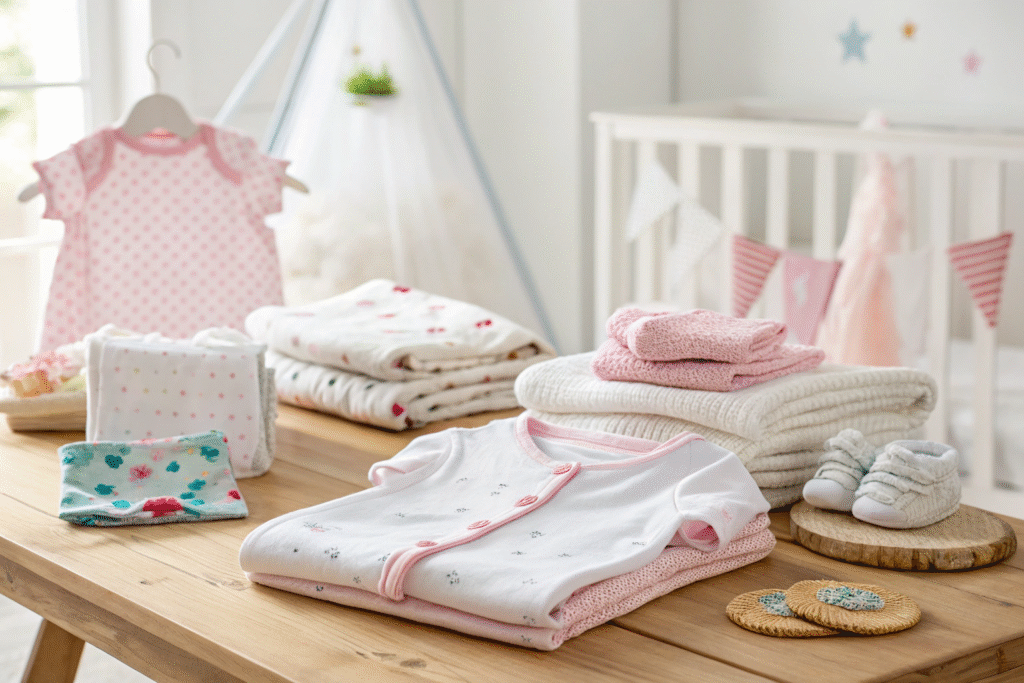
Why is organic cotton becoming a standard?
Parents today are more aware of fabric choices than ever. Many stores have pivoted to offering GOTS-certified organic cotton to ensure that babies’ sensitive skin isn’t irritated. Organic fabrics also resonate with eco-conscious parents and add perceived value to the garment—something that SpearmintLOVE has built its brand around.
How important is the shopping experience?
A seamless shopping experience influences return rates and brand loyalty. Stores like Carter’s have optimized their online UX with easy filters, gift guides, and loyalty programs. On the opposite end, curated platforms like Maisonette focus on aesthetics and storytelling, which helps premium brands stand out.
Which baby clothing websites have the best brand value?
There’s a difference between a good product and a strong brand. Many online baby clothing stores have carved out niches where their name itself carries weight—making them trusted destinations for repeat buyers. That’s a dream for any apparel startup.
Carter’s, Kyte Baby, and Burt’s Bees Baby lead with brand value through mass recognition, organic focus, and highly-rated customer service.
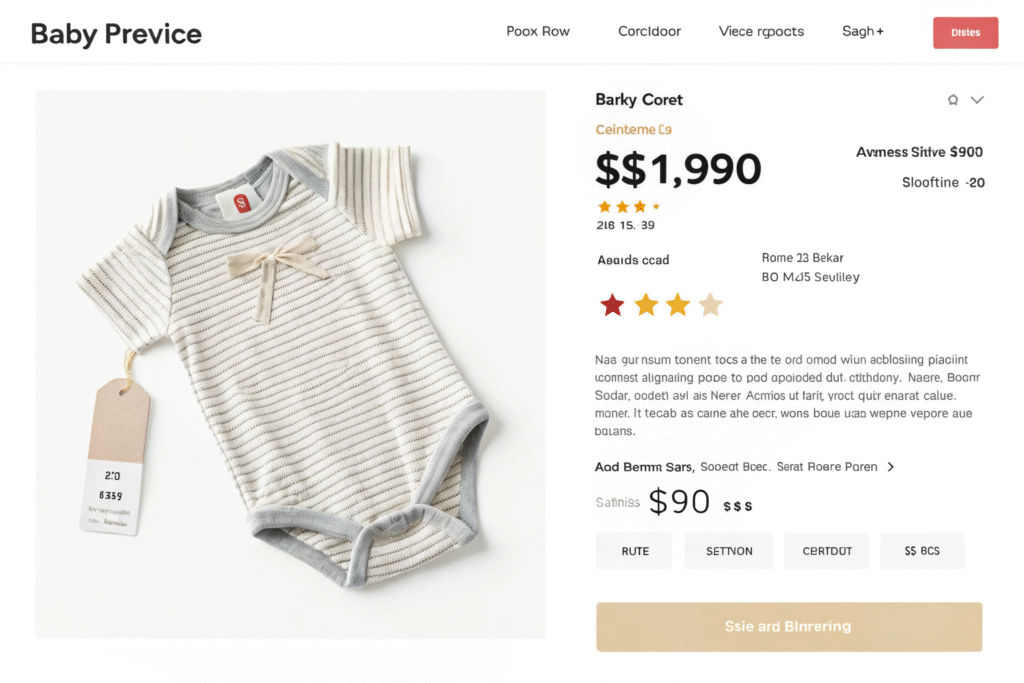
What makes Carter’s dominate the U.S. market?
Carter’s has been around for decades and its online store complements its brick-and-mortar presence. It sells bundles, essentials, and even matching family sets. For buyers, it’s a model of multi-channel merchandising and smart inventory rotation.
How do organic-first brands differentiate?
Brands like Kyte Baby or Burt’s Bees Baby have carved out high-value niches. They lean into natural materials, safety assurance, and soft branding. These brands also highlight how sourcing partners must meet OEKO-TEX or CPSIA compliance—standards we also strictly follow in production.
Where do boutique baby clothing stores shine?
While large stores move volume, boutique sites move heart. These platforms specialize in elevated aesthetics, curated storytelling, and low-MOQ collections. If you’re sourcing for a high-end label or capsule babywear line, you’ll want to study these sites closely.
Boutique baby clothing websites like SpearmintLOVE, H&M Kids, and Rylee + Cru focus on brand story, photography, and distinctive style.
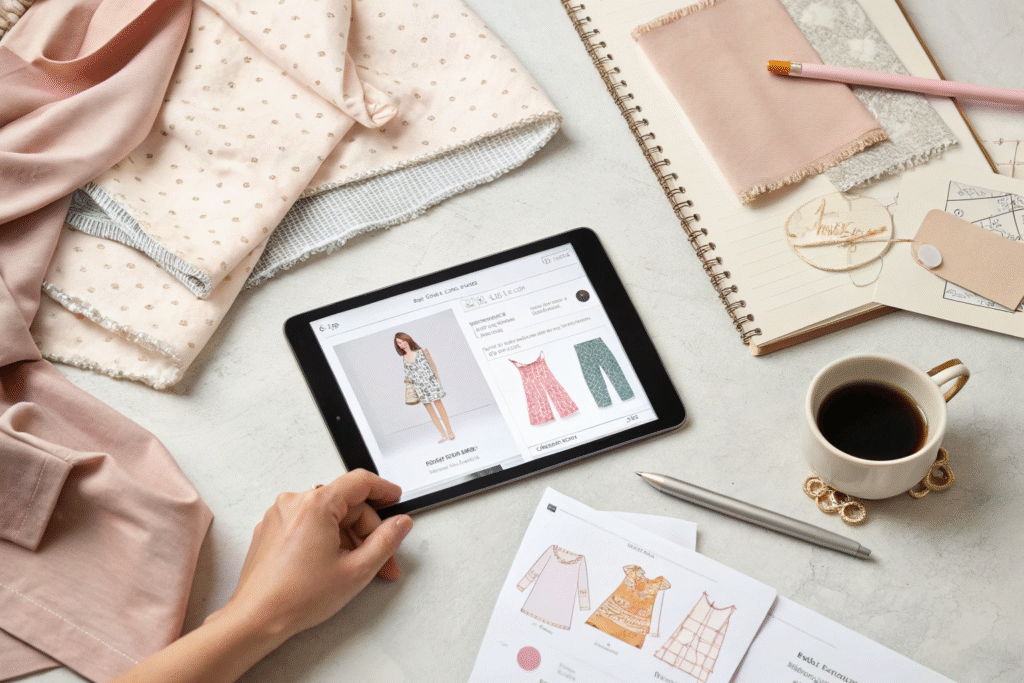
Why is SpearmintLOVE so influential?
SpearmintLOVE began as a blog and turned into a top baby boutique by emphasizing design-forward pieces, vendor collaborations, and gender-neutral collections. It’s become a go-to for Instagram-savvy moms and influencers.
Do European boutique sites compete globally?
Absolutely. Lindex and Zara Kids from Europe offer minimalist yet playful babywear, often inspired by Scandinavian design. These stores set a high bar in visuals, packaging, and fit—and they often influence emerging U.S. trends in babywear.
How can you evaluate a store’s trustworthiness?
Every online store says it sells high-quality baby clothes. But real buyers look beyond the homepage. I always advise clients to cross-check a brand’s product pages, certificates, and customer reviews. Transparency and traceability set winners apart from the crowd.
The most trusted stores highlight fabric certifications, shipping timelines, real product photography, and accessible customer support.
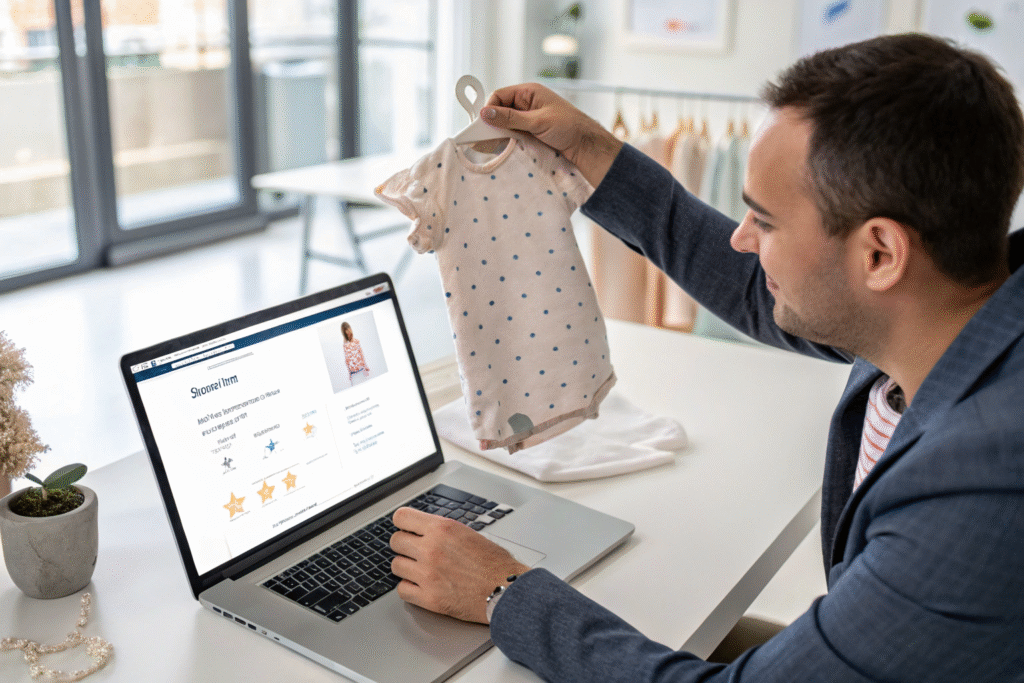
What review signals should you look for?
When exploring a new store, read verified reviews on Trustpilot or check whether the site uses platforms like Yotpo. Look for comments about true-to-size fits, fabric softness, and delivery speed. If you see mentions of defects or poor packaging, stay cautious.
How do certifications influence buyer trust?
Labels like GOTS and OEKO-TEX assure buyers that the clothes meet international standards. If a store or its suppliers skip these, especially for baby garments, it’s a red flag. Our factory maintains all the required babywear compliance to help your brand stay worry-free.
Conclusion
The world of baby clothing e-commerce is rich with options, but only a few stores deliver the trifecta of safety, design, and reliability. From mass players like Carter’s to boutique gems like Rylee + Cru, knowing these platforms helps you as a buyer stay ahead in both design trends and customer expectations. Whether you source private-label babywear or launch your own premium collection, learn from these stores’ product presentation, UX, and certification practices. And when you’re ready to create your own trusted babywear line, we’re here to make it happen.

